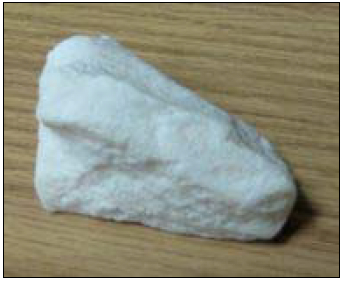Chemical Coagulants
| |
The sedimentation process can be quickened by adding coagulants to the water. Chemical coagulants are commonly used in community drinking water treatment systems though some application in household water treatment occurs. The main chemicals used for coagulation are aluminium sulphate (alum), polyaluminium chloride (also known as PAC or liquid alum), alum potash, and iron salts (ferric sulphate or ferric chloride). Lime (Ca(OH2)), lime soda ash (Na2CO3) and caustic soda (NaOH) are sometimes used to "soften" water, usually ground water, by precipitating calcium, magnesium, iron, manganese and other minerals that contribute to hardness.
Contents
Suitable conditions
Construction, operations and maintenance
Users follow the manufacturer’s instructions and add the prepared dose of coagulant to the water. The water is then stirred for a few minutes to help create flocs. The flocs can be settled out or removed by filtration.
Costs
| Capital Cost | Operating Cost | Replacement Cost |
|---|---|---|
| US$0 | US$9-91/year1 | US$0 |

